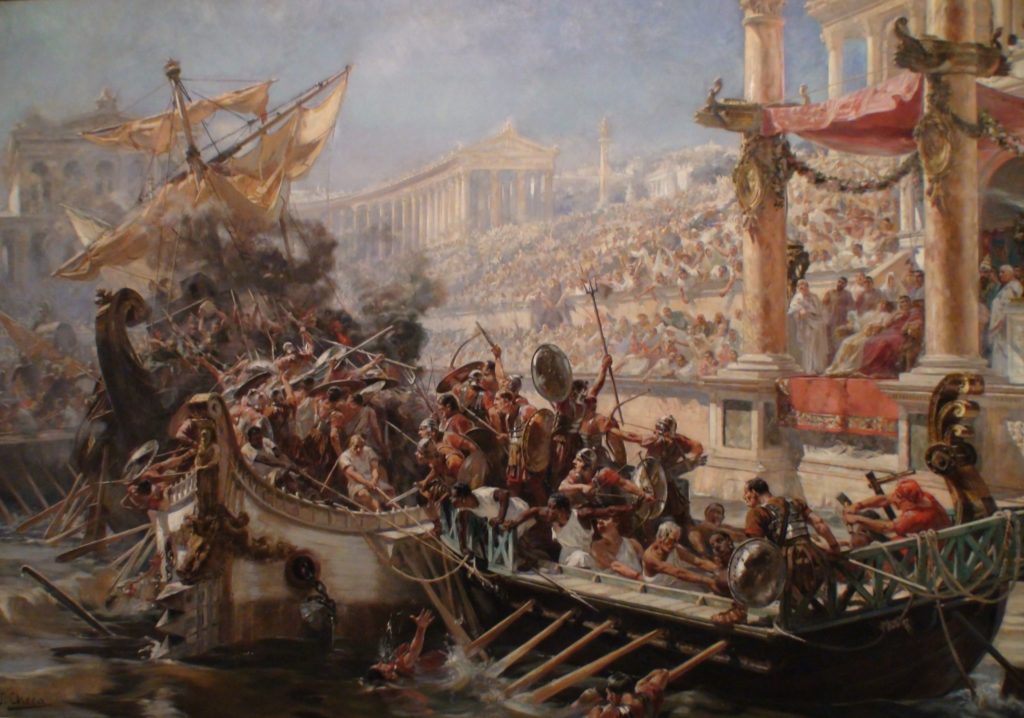The word ‘spoof’ usually refers to a kind of joke or harmless prank, but caller I.D. spoofing is neither funny nor harmless. It is a form of fraud used by identity thieves. Imagine this situation. Your phone rings. Your caller I.D. says the call is from Bank of America. The caller says: “Hi. My name is Matilda Yakabovski. I’m calling from Bank of America’s security department. There has been some suspicious activity in your account. We would like to make sure that these transactions are legitimate. Would you please confirm your account number and password?” This phone call is a caller I.D. spoof from someone trying to steal your password.
Caller I.D. spoofing is a technological trick that allows callers to change the name and phone number that appears on your caller I.D. screen to whatever the spoofer wants. Every year, millions of Americans fall victim to caller I.D. and email spoofing scams (also known as ‘phishing’). Here is how to protect yourself from caller I.D. spoofing.
1. Never give personal information over the phone unless you initiated the call yourself and you know for certain who you are talking to.
2. Your bank or credit card company will never call you and ask you what your account number is. Obviously, they already know that. If the caller can’t tell you what your account number is, then you are speaking to a crook.
3. Banks, credit card companies, and government agencies do not call people on the phone to ‘confirm’ or ‘update’ your personal information, such as your social security or driver’s license number, PIN number, security code, password, mother’s maiden name, etc.
4. Do not call the phone number in an email message or click the hyperlink to contact a company where you have an account. Call the phone number on the last statement you received from them.
5. If you think you have been scammed by a caller I.D. spoof, contact the company right away and tell them what happened.
6. Never follow the instructions from a caller I.D. or robocall, such as: “If you do not wish to receive any more phone calls from us, press 7′. Just hang up the phone.
7. Don’t be bullied. Be very suspicious if the caller is pushy, demanding, or threatening. Scammers often claim to be government agents and threaten people unless you send them money immediately. A favorite is: “You failed to appear for jury duty. Unless you pay a fine of $500 immediately, a bench warrant will be issued for your arrest.” These people usually want you to pay these so-called fines with gift cards or cryptocurrency.
8. Get a free credit report on yourself and look for suspicious activity. Go to: https://www.annualcreditreport.com/index.action This website is operated jointly by the 3 big credit reporting agencies, Experian, TransUnion, and Equifax. They are required to provide free credit reports on this site under the Fair Credit Reporting Act. Do not go to other websites with similar names or that have ‘free’ in their names. They aren’t free. Never give a credit card number to get your credit report.
DOES LIGHTNING EVER STRIKE THE SAME PLACE TWICE?
There is an old saying that goes: ‘Lightning never strikes the same place twice’, but lightning often strikes the same place twice. The Empire State Building is struck by lightning about 25 times a year. Lots of people are struck by lightning more than once. Walter Summerford was a British officer from an upper-class family. During World War 1, he was struck by lightning while on the Western Front. The lightning strike left him paralyzed in both legs. In 1924, Summerford was struck again by lightning. Strangely, this time the lightning cured his paralysis. 2 days later, he was able to walk again. In 1930, Summerford was struck by lightning for a third time, leaving him paralyzed once again. He died in 1932. In 1936, his grave was struck by lightning, destroying the gravestone. See photo below.

HAVE YOU EVER HEARD OF JAMES OTIS?
James Otis was one of the leaders of the American Revolution. He is best remembered for his sayings, which include: “Taxation without representation is tyranny” and “A man’s home is his castle.” Otis is the reason we have the 4th Amendment in the Constitution banning warrantless searches. In 1783, while James Otis was standing on the porch of a friend’s house, he was struck by a bolt of lightning and killed instantly. Strangely, there were no marks on his body or his clothes and no one else on the small porch was affected by the lightning strike.
WHAT IS THE WORST LOCATED BASEBALL STADIUM IN THE U.S.?
There are a lot to choose from, but I pick Harrisburg, Pennsylvania. Their stadium is located on a low-lying island in the Susquehanna River that floods frequently. The original stadium at this location was washed away by a flood in 1935. Then, a second stadium was built at the same location. It also flooded frequently and rotted away. In 1987, the mayor of Harrisburg ordered the construction of a third stadium at the same location. It also floods frequently. Harrisburg had a mayor at that time who made a lot of very bad decisions. So – what should Harrisburg do with their oft-flooded stadium? I think they should use the stadium to hold Naumaquias. What’s that? The ancient Romans periodically filled the Coliseum with water and recreated famous naval battles there (only naval battles that the Romans won, of course.) The Romans built full-size warships inside the Coliseum for this. Huge numbers of combatants and rowers participated in these battles. Thousands of them were killed. The Romans liked battle recreations to be as realistic as possible. Naumaquias were very popular with audiences. But – where would Harrisburg get volunteers to participate in deadly sea battles? From the same place the Romans got them – prisons. The Romans gave freedoms to condemned prisoners who participated in Naumaqias, provided they survived and fought fiercely. This is the solution to Harrisburg’s stadium problem. People would come from all over the U.S. to see a real Roman Naumaquia!


HAVE YOU EVER BEEN TO BERKELEY’S 99¢ ONLY STORE?
A visit to this store is worthwhile just to look at the ceiling. The ceiling seems extremely lavish for a 99-cent store. It is located at 1941 San Pablo Avenue. See photo below. The building was originally the Rivoli Theater. It was built in 1924 and seated 1,400 people. The theater closed in the 1950s and has been used as a store ever since. The original ceiling is still intact, but few people who shop at the store look up and notice it. Contrary to the store’s name, the merchandise has never been 99 cents only.
IDEALIZING LIFE IN THE OLD COUNTRY.
My grandparents, Bores Tarses and Pauline Tarses came to America from Ukraine. Ukraine is in the news every day now, but few Americans realize what a horrible place this has been to live in over the past 120 years. First came the Russo-Japanese War, then World War 1, and then the Russian Revolution. Countless millions of Ukrainians were killed. Then came a typhus epidemic that killed 2 million. Then came Stalin’s Terror Famine of the 1930s. Between 3 and 4 million Ukrainians died of starvation. Millions more were sent to the Gulag, Stalin’s slave labor camps. Few of those people returned home. Then came World War 2. Between 5 and 7 million Ukrainians were killed, including all of my grandparent’s sisters and brothers who had not come to America. Today, Ukraine is among the poorest countries in Europe. Per capita income is $13,000 a year (or it was before the current war began). By comparison, per capita income in neighboring Poland is $33,000 a year, and Poland is a relatively poor European country. Nevertheless, my grandmother talked about Ukraine as though it was a wonderful place, even though terrible things were going on there at the time she left. Old people who moved to America when they were young all seem to do what my grandmother did – idealizing the place where they came from. Maybe your grandparents talk the same way about the places they came from. But – if life was really as wonderful in the Old Country as they remembered it, then why did they move to the United States?
CHOCOLATE DESSERTS.
A gimmick that many restaurants use to get absurdly high prices is serving food in a way that is designed to surprise or shock people. Below are pictures of chocolate desserts from some expensive restaurants. One restaurant serves 2 truffles on a flip-flop for $30. You get to keep the flip-flop (just one flip flop). Another serves truffles on a horse manure fork for $85. For $60, you can get ground chocolate wafers and mascarpone in an overturned flower pot. The chocolate dessert ball is $100. I have no idea what the wrench is for. If you know what the wrench is for, let me know. I’m curious about that.
COMMENTS? If you want to comment on any article in this newsletter, you can do so at: Mark Tarses Blog


